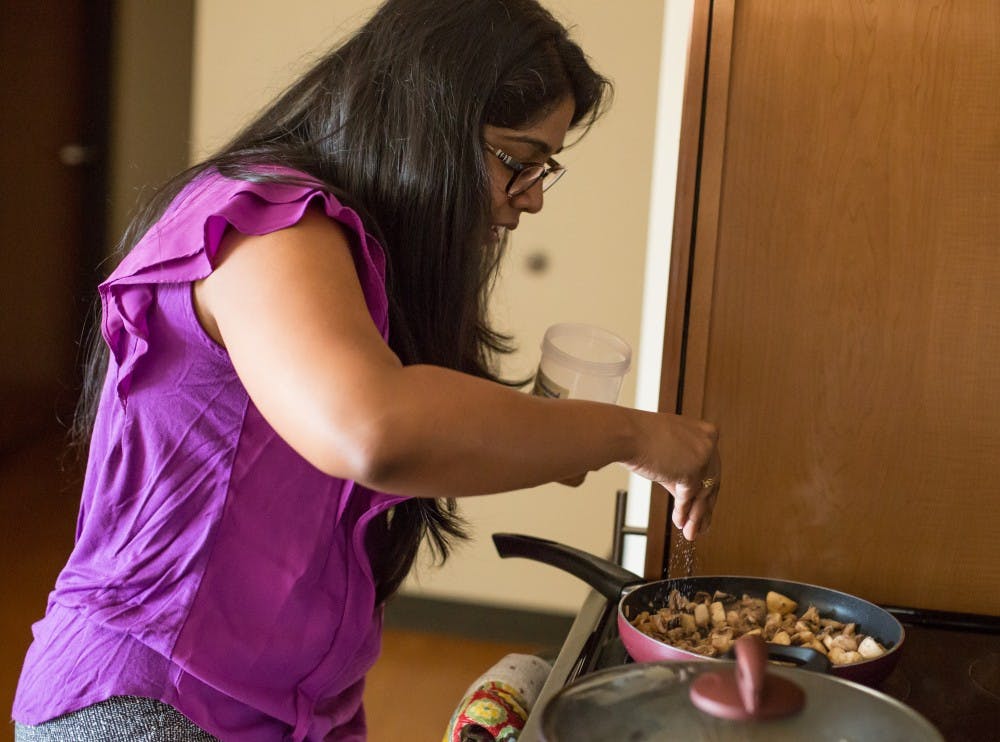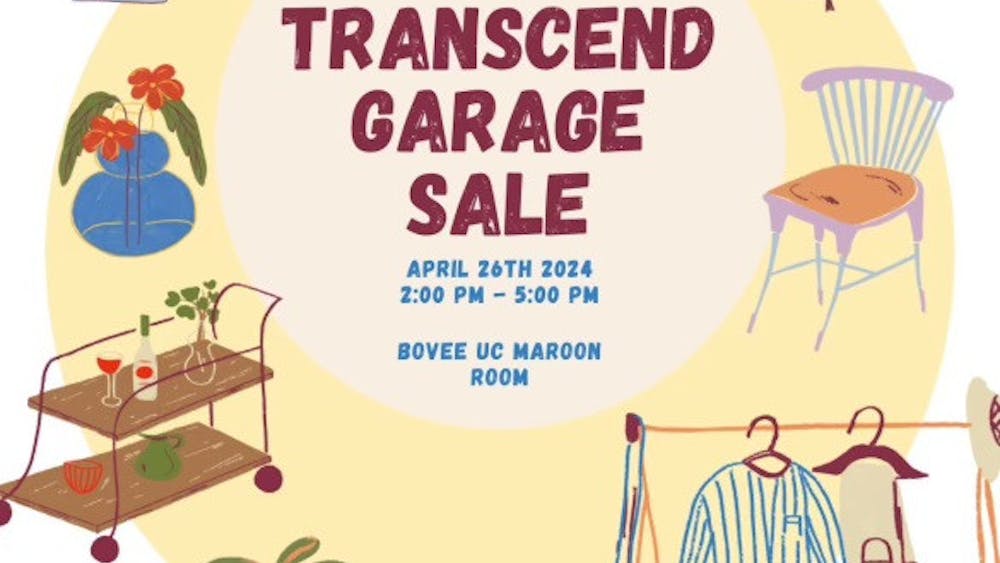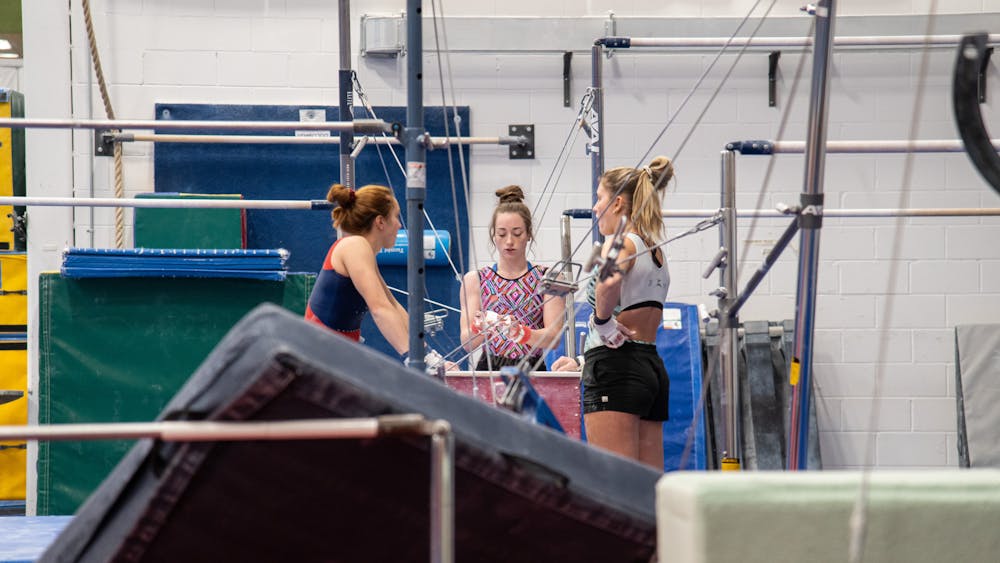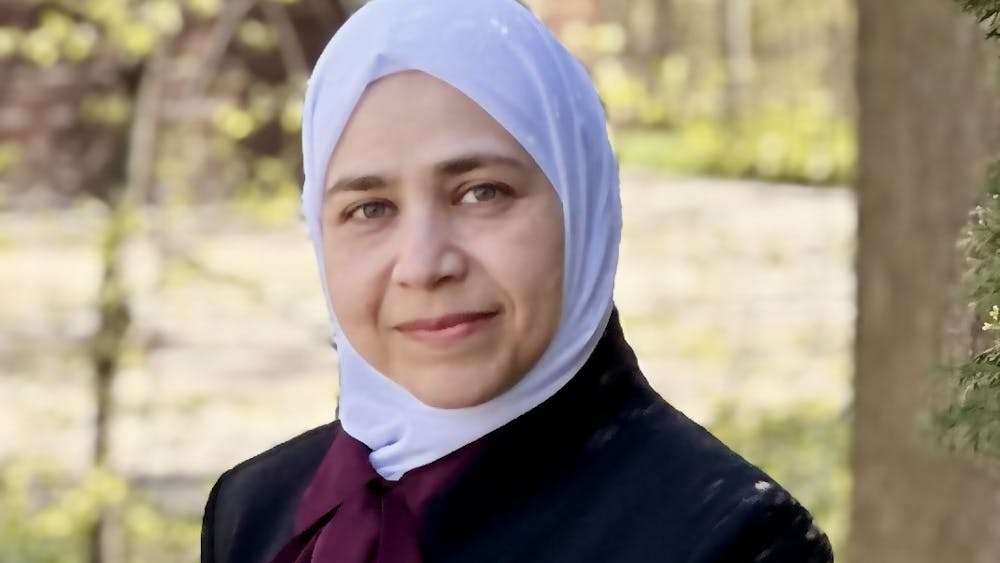As international student enrollment declines, Office of International Affairs aims to help students feel welcome on campus

When Nabeel Ahmed arrived in the United States in January, his family in Pakistan was a little worried about how he would be welcomed by Americans.
President Donald Trump was about to be inaugurated. Ahmed is a Muslim, and the then president-elect targeted Muslims during his campaign, calling for them to be banned from entering the United States.
Ahmed, a graduate student, said he was surprised by how he was treated at Central Michigan University.
“I wasn’t expecting the people here to be so nice,” Ahmed said. “As an international student, I used to think I wouldn’t be welcomed here and I would feel odd most of the time. It turns out, the people are really welcoming.”
Megan Doerr, director of international outreach and recruitment, said recruiting overseas has been more challenging for her in the past year and a half. Many prospective students have questions about the political climate. For some students from other countries, Doerr said, there is a sense of fear to come to the U.S.
Official fall semester enrollment numbers have not yet been released but Tracy Nakajima, the director of international student and scholar services, said she knows the number of international students has declined. Applications for fall 2017 decreased by 430 students from the previous fall to 1,030 prospective international students. In fall 2016, 619 new international students were admitted, but did not necessarily enroll. This year, 318 were admitted.
There are a variety of potential reasons for this decline, Nakajima said. These reasons include a large graduating class in spring 2017, cost, immigration, changes in scholarships and programs and changes in partnerships with schools overseas.
Another factor that affected international student enrollment was changes in the Saudi Arabian Cultural Mission Scholarship, a Saudi Arabian government scholarship. CMU had a large number of SACM students, Doerr said, but the terms of the scholarship recently changed. Now, less students who are studying English and are not degree-seeking are funded by the scholarship, among other changes.
The U.S. government requires international students to prove they have the financial means to come before obtaining an I-20, which they need to apply for a visa. This means they must prove they have over $30,000 available just for one year, Nakajima said. The high cost of attending school in the U.S. is an issue for some students. Additionally, graduate applicants at CMU now have to pay $235-$250 for a third-party evaluation that validates their credentials.
Another challenge, Doerr said, is CMU is competing with universities worldwide to recruit foreign students.
Ahmed chose CMU primarily because he was offered a graduate assistantship so he doesn’t have to pay tuition. He also applied to universities in other countries, such as Australia, which Doerr said is becoming an increasingly popular destination for international students.
When Ahmed arrived and had to find an apartment, he was surprised to discover he had to sign a lease for a year because in Pakistan, he could get a place to live for any length of time.
Though Ahmed misses Pakistani food and has to go to Lansing or Ann Arbor to buy many spices he uses to cook, he describes his time at CMU as "amazing."
"It's good to see the diversity," Ahmed said. "Diversity's not only good for me — it's also good for other students at CMU because when you meet people from different parts of the world, you understand their problems and you learn how to think outside of your own reference frame."
The reasons CMU recruits international students are academic, cultural and financial, Doerr said. CMU aims to internationalize campus, and one aspect of that is recruiting international students. Additionally, international students who do not receive scholarships pay higher tuition than in-state students, which brings more tuition dollars to the university.
International students pay non-resident tuition, which was $789 per credit hour for undergraduates and $850 per credit hour for students pursuing a master’s degree for 2017-18. International students can receive scholarships — such as the International President’s Award which allows students to qualify for in-state tuition — but financial aid is not available to them.
There was a significant drop in students coming from India this year, Nakajima said. This decrease could partially be because of the renewal process of agreements between CMU and universities in India and because of visas. In Hyderabad, India, which is where one of CMU’s renewed agreements is, it was more difficult for people to obtain visas this year, Doerr said.
"These are challenging times for all students," Nakajima said. "We have seen students contacting us maybe a little more frequently over the summer asking for advice on how to go to their visa interviews. We do know we had some denials, which happens every year, so I’m not sure if the rates are higher than before or not."
Doerr said India is the only country she's received reports on from other U.S. universities also having many Indian students get denied visas to study in the U.S.
Adjusting to cultural differences
Graduate student Namrata Baipally came to CMU in Fall 2016. She heard about CMU because of the university’s partnership with the school she graduated from in India. There are less Indian students at CMU this year, Baipally believes, due to the cost and because some people were not granted visas.
Though Mount Pleasant is a small town, she believes there are many opportunities available for students. She is the Student Government Association representative for the Indian Students Association, the president of SAP Student User Group and a Lunch Buddies volunteer through the Mary Ellen Brandell Volunteer Center.
“Right at the beginning, I came here with a purpose,” Baipally said. “I wanted to volunteer, get an internship, be a president of a club — I’ve done everything. I would say (my experience at CMU has been) very good.”
Sometimes she feels homesick because she hasn’t seen her family in a year. This is the longest she’s ever gone without seeing them. While many of her friends returned to India during the summer, she received an internship in the U.S. and couldn’t pass up the opportunity.
One cultural difference she noticed is students in the U.S. aren't necessarily as close with their families. While some students might not talk to their parents often, Baipally said she talks to her parents two times every day.
When Annie Li, a graduate student from China, came to CMU, she quickly got involved with Grace Church, which helped her adjust and feel more at home.
At her apartment, Li cooks Chinese food and Western desserts. She goes to Lansing to buy sauces, dumplings and steamed buns.
One thing that surprised her most was "everything is cold" in the U.S. She was surprised that people prefer to drink iced water and do not drink hot water like people commonly do in China.
One of the biggest difficulties for international students, Li said, is language. She participates in a Chinese Bible study group and some Chinese students who are not Christian attend to be in a Chinese-speaking environment, she said.
Though she came to CMU proficient in English, she still struggled to keep up in her classes. Overall, though, she feels welcome in Mount Pleasant, especially at her church.
“I enjoy talking to people here,” Li said. “In China, we’re just strangers walking and don't talk to each other. Here, in the morning, when I see the smiles of strangers passing by on my way to class, I feel happy.”
Creating a welcoming, multicultural environment
Doerr said her team develops a 3-year international recruitment plan. They do a market analysis and track international student numbers, looking at the 25 countries that have the most students in the U.S. From there, they look at the economy in those countries, scholarships available there, scores in those countries and various other factors to determine where to recruit. Each year, based on changes in the world, economy and politics, Doerr will analyze and readjust the plan.
There’s a national campaign called #YouAreWelcomeHere, Doerr said, in which U.S. universities ensure international students they are welcome in the U.S.
“I make sure to basically be very welcoming and let them know that we are a small and safer community, but with being a larger campus, we have a lot of diversity of population, activities and degree areas they can benefit from,” Doerr said. “The best thing we can do is ensure (students), ‘we do want you here as an individual.’”
Nakajima said the Office of International Affairs works to make sure students know this is a safe space. They have created banners that say “welcome” in various languages and have distributed them across campus. The OIA staff has started learning more languages, starting with Arabic, to increase the number of languages they speak.
Last year, the OIA held forums when new executive orders were issued.
“Things may be happening in the world at large,” Nakajima said. “But here on campus, we’re happy (international students) are here.”




